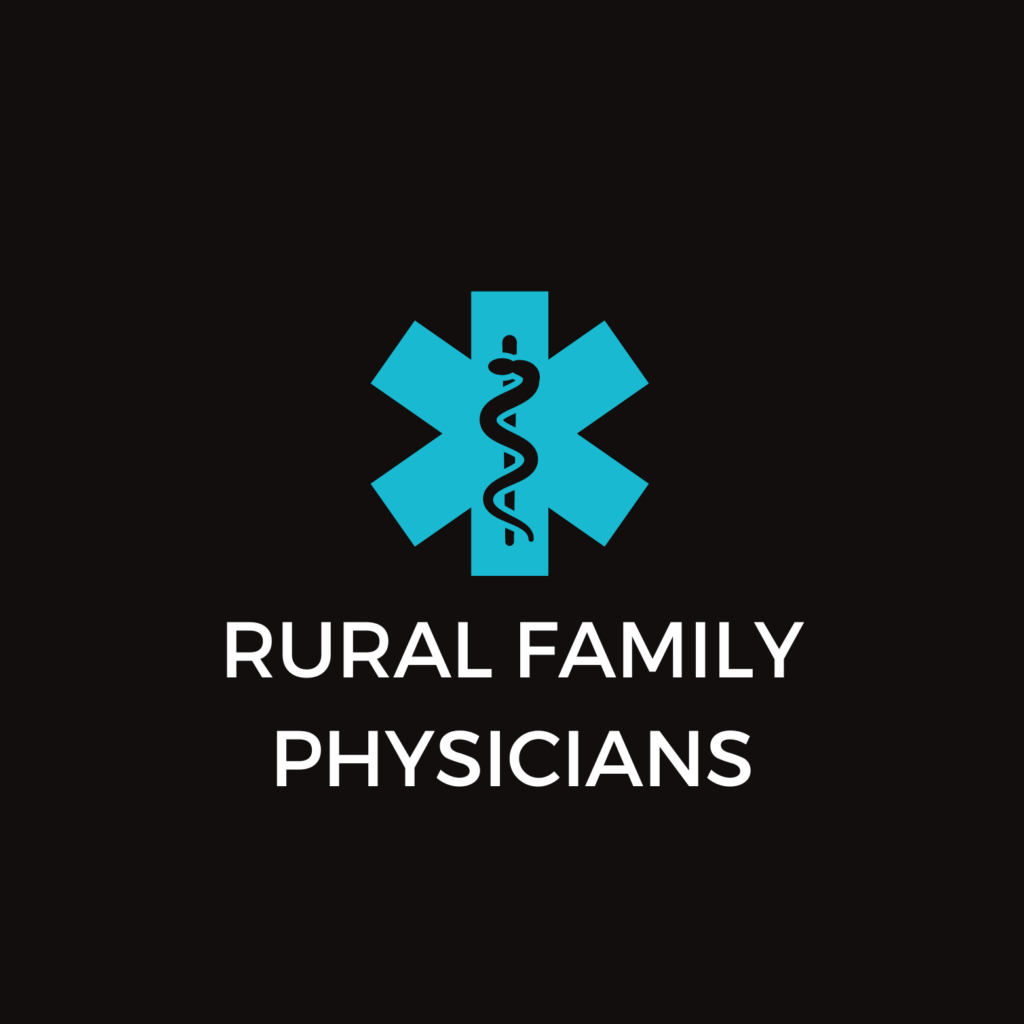Only a couple of years ago, it wasn’t uncommon for healthcare experts to call accountable care organizations “unicorns.” Despite the excitement and discussion around the model, few people had seen one.
ACOs have grown to become much more visible within the past three years, as more than half of Americans now live in primary care service areas served by ACOs. To better understand the model and its role in healthcare reform, Becker’s Hospital Review collected the following facts about ACOs. Topics include ACO goals, terminology, geographic spread, payment structures, and the specifics of Medicare and commercial ACOs.
To learn more about individual ACOs, read the 2013 list of “100 Accountable Care Organizations to Know.”
1. The term “accountable care organization” was coined in 2006 by Elliott Fisher, MD, director of the Dartmouth Institute for Health Policy and Clinical Practice in Hanover, N.H.
2. An accountable care organization is a group of payers, physicians, hospitals and other healthcare providers that voluntarily collaborate to provide efficient, high-quality and coordinated care to an assigned population of patients. If providers reduce costs and/or improve specified quality metrics in a certain timeframe, they are able to receive financial rewards from or share in the savings with Medicare or a commercial payer. ACO arrangements can also involve risk, in which the provider would have to pay back a portion or all of the costs that exceeded the payer’s established benchmark. Read more of ACO’s Basics published by Becker’s Hospital Review.



